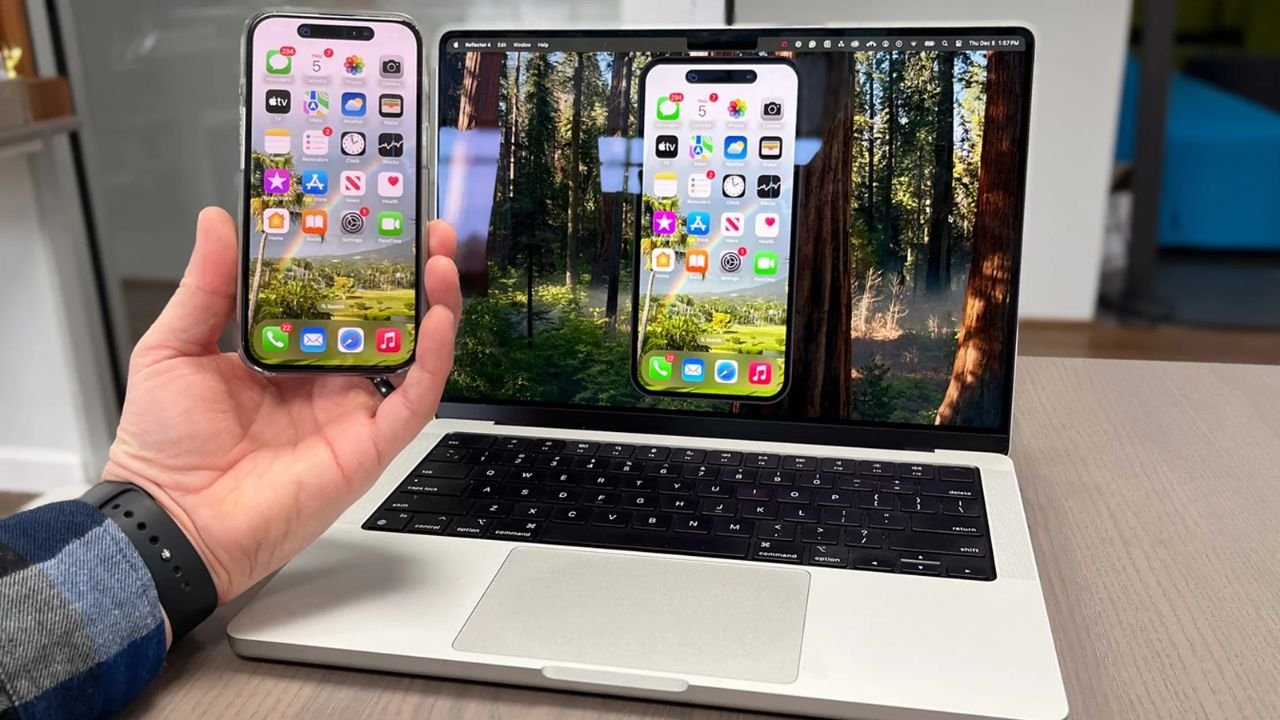In the digital era, the issues of administration of the large-scale networks seem to be overwhelming. Manual configuration is time consuming, it causes human errors. It is here where pnp coda comes to your rescue. It is an automated solution that eases the process of device setups and ensures smooth operations. System administrators love it, and IT professionals love it.
When it comes to pnp coda, the devices do not have to be configured manually. Automatic detection and configuration of devices occurs in the system. It is quick, safe and reliable. This tool saves your precious time whether you are operating in the law enforcement or an enterprise setting. I think we should see why it is so important.
What is the Power of PNP Coda
pnp coda stands for Plug-and-Play Configuration Over Device Automation. It’s Cisco’s solution that eliminates manual network device configuration. Instead of manual configuration of routers, firewalls, and switches, you can automate the process.
Since its launch in 2019, it’s assisted organizations to automate. Devices are deployed in minutes and the solution needs minimal supervision. It’s perfect for any organization that’s dealing with a high volume of networked devices.
Why PNP Coda is Essential for Modern Networks
pnp coda is more than a convenience. It’s a modern solution to outdated methods. Managing a network of any size becomes easier when your tools are smart, secure, and centralized.
Key Benefits:
| Feature | Description |
| Zero-Touch Provisioning | Devices set up without human help |
| Auto-Configuration | Applies settings instantly |
| Real-Time Device Setup | Detects and configures on the go |
| Centralized Dashboard | Manage all devices from one place |
| Full Security Protocols | Data is safe with encryption |
This table shows how the system provides fast deployment, control, and safety. It allows teams to scale networks while maintaining performance and protection.
How PNP Coda Automates Your Network
Automated tools simplify your network tasks. They connect devices, configure them, and do it all fast. Let’s see how this process works in real-time.
1. Install the Server First: To begin, you must set up a local server. This acts as the control center. Once active, it handles device recognition and setup. You only need to do this once.
2. Plug in Network Devices: Next, plug your hardware into the system. These can be routers, switches, or access points. The platform detects them immediately. You don’t need to enter commands.
3. Automatic Device Detection: The system finds new devices on its own. Even if they have no IP address, it still works. It labels, identifies, and prepares them for setup. No manual search needed.
4. Configuration Files Are Applied: Once devices are detected, setup files are assigned. These files include IP, name, and rules. The devices use this data to go live. It happens within minutes.
What Makes It Different
- No coding knowledge required.
- Devices found automatically.
- Control everything from one screen.
- Data remains encrypted at all times.
How to Use PNP Coda Login Effectively
This login system gives access only to the right people. Each user must pass through verification. The process uses your credentials and added protection like 2FA. Below is how you can log in step by step.
Step 1: Start by Opening Your Browser
Use a reliable browser to begin. Google Chrome or Firefox works well. Make sure it’s up to date. This helps avoid technical errors or loading issues. A stable browser makes the process smoother.
Step 2: Go to the Official Website
In your browser, search for the official site. Type the exact address if known. Avoid fake links or unofficial pages. The real website keeps your login safe and private.
Step 3: Click the “Login” Button
On the homepage, find the login button. It is usually at the top corner or main menu. Click it once to move to the login page. Don’t refresh or click multiple times.
Step 4: Enter Login Information Correctly
Now add your username and password. Double-check for spelling or capital letters. These fields are case-sensitive. A small mistake will stop you from logging in.
Step 5: Complete Two-Factor Authentication
If enabled, complete the 2FA step. A code will be sent to your phone or email. Enter it quickly before it expires. This adds an extra layer of protection.
Step 6: Access and Explore Your Dashboard
Once logged in, your dashboard will appear. It shows tools, updates, or data you’re allowed to access. Based on your role, some sections may be locked. Use only what you are permitted to view or change.
Troubleshooting tips:
- Use an updated browser.
- Clear your cache.
- Reboot your device.
- Check your network connection.
How to Create a PNP Coda Account
To begin, you’ll need a few personal details. These include your full name, a valid email ID, and a working phone number. Once you fill out the form and confirm your code, your account is ready.
Step 1: Go to the Official Website
Start by opening your preferred web browser. Type the official site address into the search bar. Press enter, and the site homepage will load.
Step 2: Find the Sign-Up Section
On the homepage, look for a button or link that says “Sign Up” or “Register.” This is usually at the top or in the menu bar. Click it to open the registration form.
Step 3: Enter Your Personal Details
Now, you’ll see fields asking for your name, phone number, and email. Carefully enter each one. Double-check for spelling errors before moving forward.
Step 4: Submit the Registration Form
After entering your information, scroll down and find the button that says “Next” or “Submit.” Click it to send your form to the system.
Step 5: Verify with the Confirmation Code
Shortly after submitting, you’ll receive a code. This will come via SMS or email. Enter this exact code in the box provided on the next screen.
Step 6: Complete the Final Confirmation
Once the code is verified, you’ll see a final button to finish. Click “Submit” or “Confirm.” Your account is now officially created and active.
Who Gets Access to PNP Coda Login?
Access is given based on roles and duties. Users must be verified and approved. This ensures only the right people can control or view key systems.
1. PNP Personnel Only: Police staff and officers are the main users. They handle public service, so data safety is vital. Each officer gets an individual account. No one shares login credentials.
2. IT Department Access: Admins from the IT team can enter the system. They manage device settings and tech updates. Their accounts have more power and wider control options.
3. Verified Admin Roles: Some roles require special access. These may include managers or department heads. Their access is often temporary or based on project needs.
How PNP Coda Helped the Nation During COVID-19
During the COVID-19 pandemic, the system was used beyond technical setup. It played a key role in managing health-related data across departments. It helped in tracking vaccine records for thousands of citizens. This real-time tracking reduced misinformation and increased safety. It also streamlined how agencies handled public health emergencies.
More than 26,000 people were re-employed through systems backed by this tool. The platform was vital for quick communication and decision-making. It ensured data integrity during a time of public panic. The platform made it easier to manage both health data and employment support. It became one of the critical digital responses during the crisis.
What Is the Outcome of PNP Coda So Far?
Since its rollout, this solution has played a crucial role in both public and private operations. It has supported disaster response, helped job recovery, and improved data protection across systems.
| Year | Outcome |
| 2020 | Pandemic response tool |
| 2021 | Helped rehire thousands |
| 2022 | Secured vaccine records |
| 2023 | Enhanced with AI features |
These milestones highlight how digital tools contribute beyond tech setups. They play an important role in national development and emergency management.
PNP Coda: Simple Setup for Complex Networks
Modern tools turn complicated jobs into quick tasks. From dashboards to auto-discovery, every feature helps.
1. User-Friendly Dashboard: The main screen is clean and simple. All key features are just one click away. You don’t need advanced skills to use it. Everything is well organized.
2. Role-Specific Views: Each user sees what they need. Admins see all devices. Staff might only see basic info. This prevents confusion and keeps things neat.
3. Safe Access Layers: Access is layered for safety. Each login has its own control level. Some users can only view data. Others can edit or remove settings.
4. Works with Popular Browsers: There’s no special software needed. You can use Chrome, Firefox, or Edge. This makes it more accessible for everyone. It works right out of the box.
Comparing Manual vs. PNP Coda Configurations
Switching from manual to automated systems greatly reduces setup time. It also lowers the risk of errors and requires fewer technical skills to operate efficiently.
| Task Type | PNP Coda | Manual Setup |
| Time Required | 10 mins | 1–2 hours |
| Complexity Level | Low | High |
| Security Strength | Strong encryption | Minimal protection |
| Risk of Errors | Low | High |
This comparison shows how automation makes network tasks more efficient and secure. It’s a practical shift for teams aiming to reduce workloads and increase reliability.
How to Log in PNP Payslip via PNP Coda
Users often wonder how to access their payslip using pnp coda. While the portal links to payroll systems, login rights depend on department approval. If you have permission, the payslip is accessible from the internal menu.
Go to the payroll section on the site. Use your credentials. Navigate through the internal tabs. If it’s blocked, request access through the HR desk or IT team.
What is POA in PNP?
POA stands for Plan of Action. In the police force, it defines tasks and responsibilities. It also maps out how operations should be carried out. This structure helps in organizing teams and assigning secure access levels. Every staff member follows a POA to guide their duties.
In technology systems, POA helps manage role-based access. Admins use it to set who can see or change information. A person with viewing rights can’t change device settings. Higher-level staff get broader access depending on their POA. This keeps operations secure and reduces accidental errors.
What is PAIS in PNP?
PAIS refers to the Personnel Accounting Information System. It stores personal and job-related data for police personnel. This includes assignment history, role changes, and service records. The system supports better internal recordkeeping. It’s also helpful in performance tracking and HR management.
Although it is not a direct part of technical network tools, it often integrates with them. When access roles are connected, PAIS can control permissions. It decides who can log in or view specific modules. This makes both tech systems and personnel records work together. That collaboration ensures a high level of operational efficiency.
FAQs
Q1. Is PNP Coda only for the police?
Ans. Yes. It’s meant for PNP staff and verified users only.
Q2. Can it function offline?
Ans. No. It needs active internet to sync.
Q3. What is POA in PNP?
Ans. Plan of Action. It defines your role and what you access.
Q4. How to log in PNP payslip?
Ans. Use your credentials on the internal dashboard or ask IT to enable access.
Q5. What is PAIS in PNP?
Ans. It’s a personnel system for tracking staff information.
Final Thoughts
pnp coda is more than a digital tool. It’s a national resource. It helps secure, automate, and manage large networks easily. Login access is protected. Devices are ready in minutes. The whole platform is built to scale. It helped during the COVID-19 crisis. It continues to support health, security, and employment services. From IT professionals to government officers, many rely on it.
If you manage devices or sensitive data, this tool should be part of your system. With features like centralized control and automatic provisioning, it streamlines your operations. Let pnp coda power your next upgrade.
Read Our More Blogs: MPIGR Home: Unlock Property Simplicity














Leave a Reply